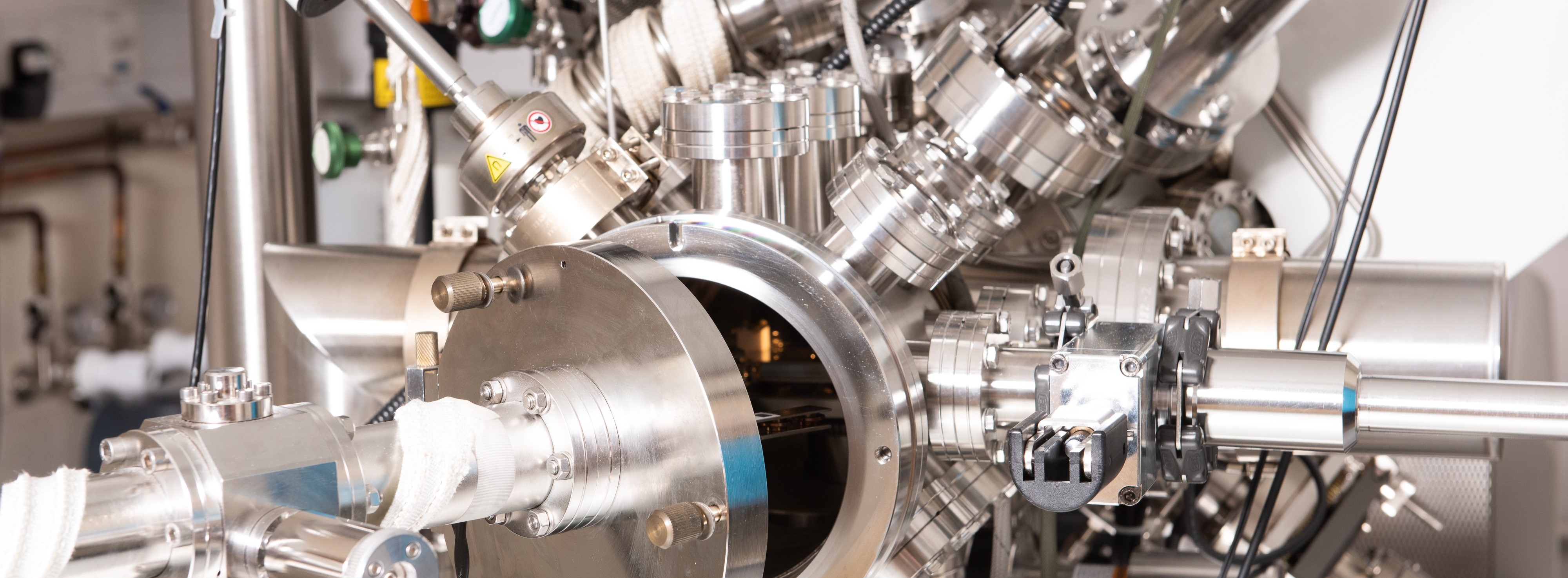Using surface analysis to understand your materials

Surface analysis is the process of determining the structure, characteristics and elemental composition of a surface down to atomic-level resolution. It plays an integral role in materials engineering.
A surface layer is the point that a material interacts with the environment, reacts with other materials or comes into contact with people. At Warwick, we have a suite of techniques for analysing surfaces to different depths, ranging from the top nanometre of the material to analysis of properties over a few hundred micrometres.
Surface analysis is often key to solving problems with the performance of materials. Surface characteristics can affect a broad range of factors, from adhesion, corrosion, friction and porosity to the electrical, thermal, mechanical and optical properties of materials. Surface analysis methods can also be used to track reaction processes or reveal the catalytic properties of a material via analysis of surface structures and oxidation states.
By revealing information on the effectiveness of materials and identifying any defects, surface analysis gives manufacturers knowledge they can use to develop and improve their products and technologies. It has a huge range of industrial applications. Just some examples include:
- Developing composite materials and speciality glass.
- Improving the performance of battery materials, photovoltaics, energy technologies and semiconductors.
- Understanding the effectiveness of polymer materials such as coatings and food packaging.
- Studying the release of drugs from delivery platforms.
- Analysing failures in medical devices, coatings and automotive components.
What techniques are available for surface analysis?
Spectroscopic methods of surface analysis give quantitative and qualitative information about the chemical composition of surfaces. They work by exposing the surface of a material to various types of electromagnetic radiation (e.g. visible light, x-rays, infra-red rays) or charged particles (electrons, ions) and analysing the response of the material or the particles emitted from the surface as a result. Some examples include:
Microscopy techniques for surface analysis
Microscopy techniques can be used to gain information on the physical properties of surfaces, such as surface roughness, adhesion, pore diameters and topography.
Surface analysis at Warwick
The University of Warwick offers a range of surface analysis techniques that can be used across a wide variety of sample types, including hard materials and thin films as well as biomolecules. We have dedicated platforms for Photoemission Spectroscopy, Electron Microscopy and Polymer Characterisation as well as a breadth of other facilities that are available to external users.
We work with industry clients ranging from SMEs to consultancy firms and global product manufacturers. By linking industry with our expert analysts and state-of-the-art infrastructure we can provide solutions to real-world problems to boost innovation and drive advantage.
Find out more about the surface analysis techniques available at Warwick or contact Claire Gerard, Warwick Scientific Services Manager () to discuss how we can help find a solution to your challenge.
